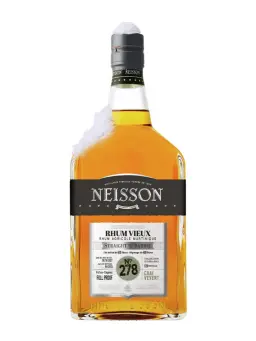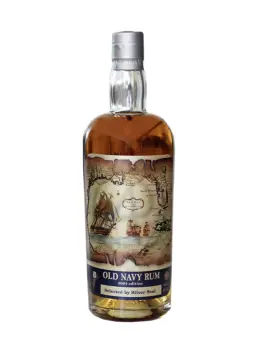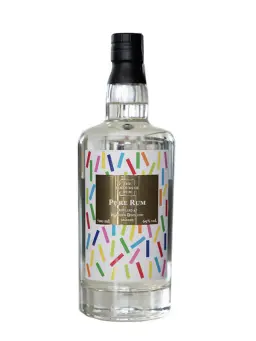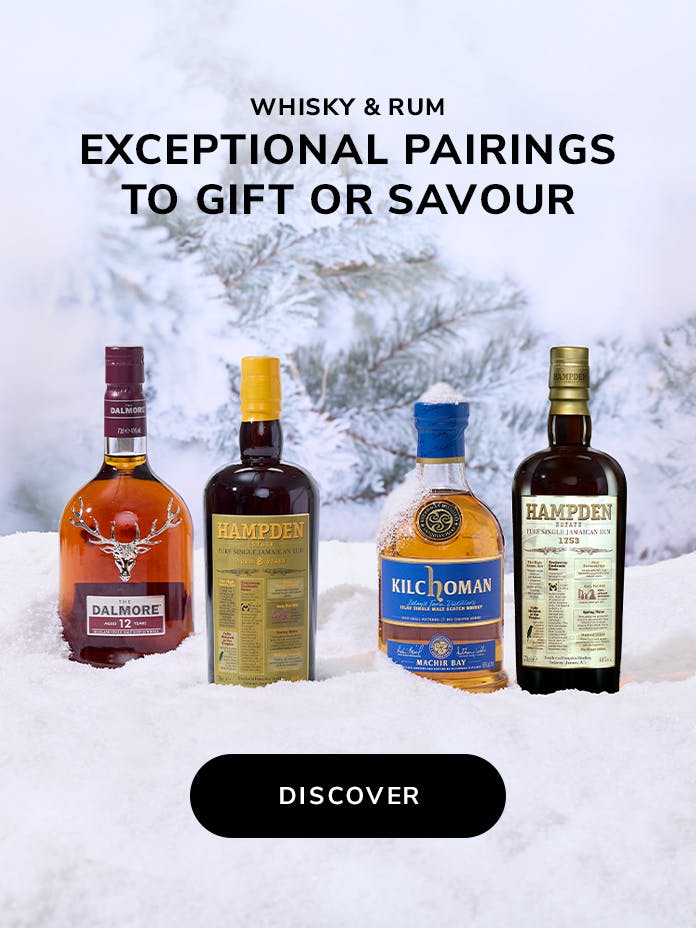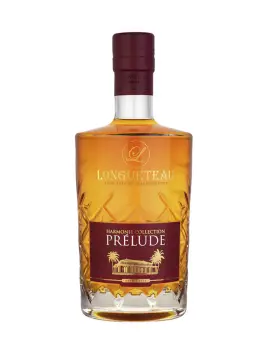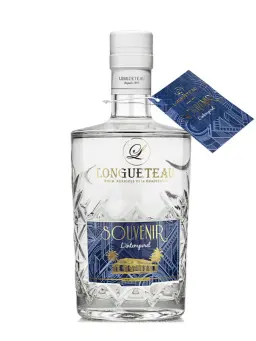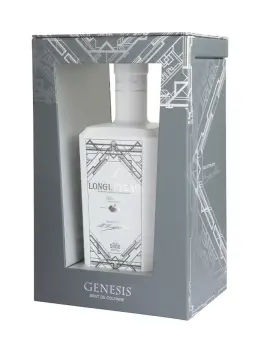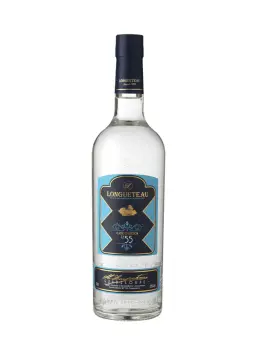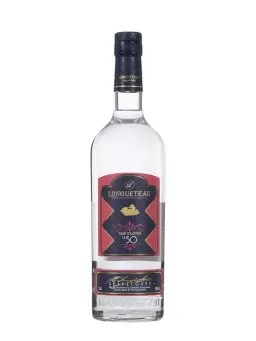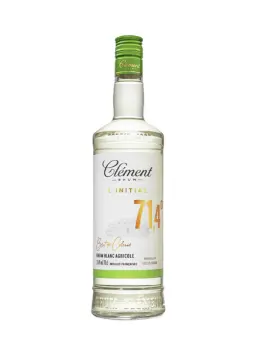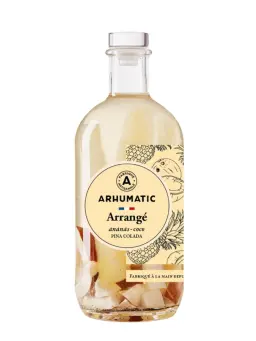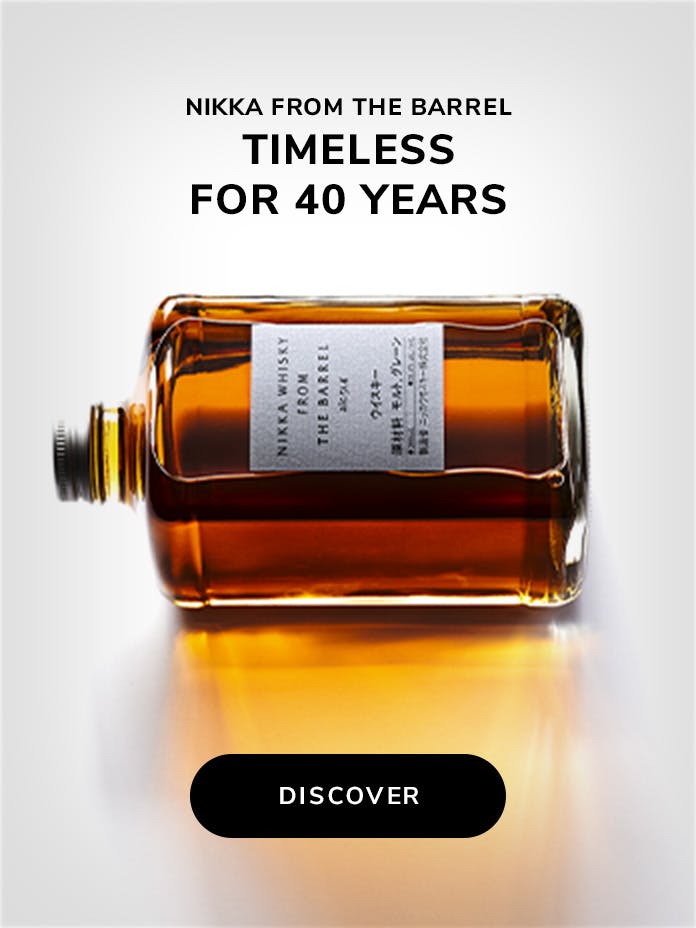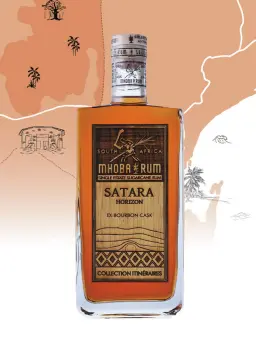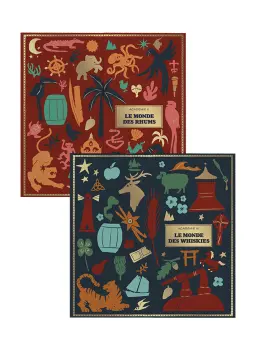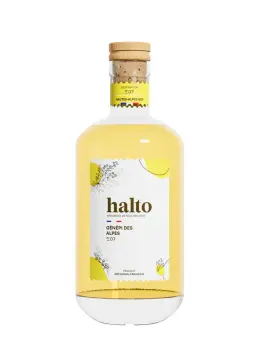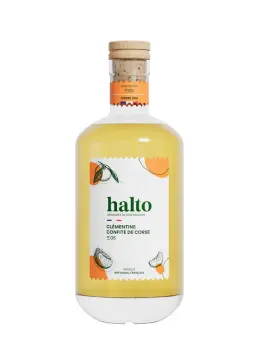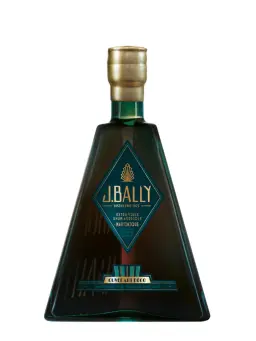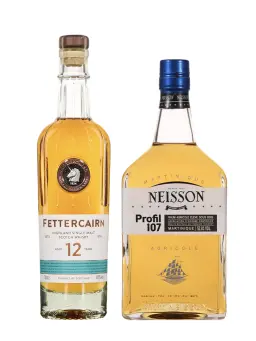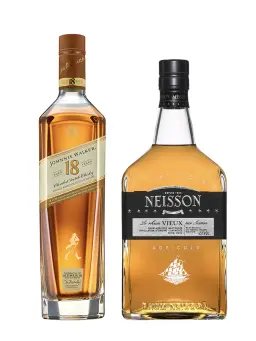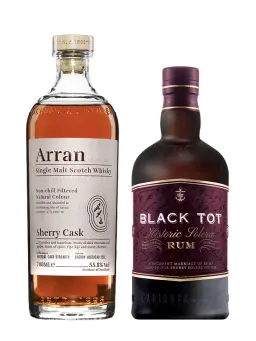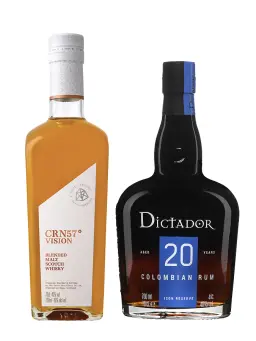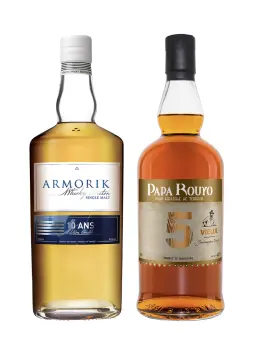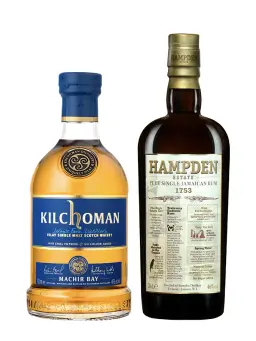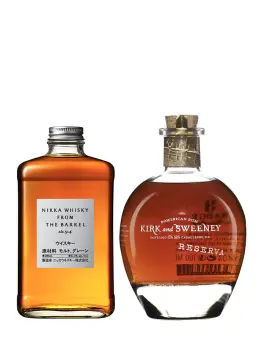Rum
Rum is a sugarcane spirit produced in a variety of ways and in many different countries and regions. Originating at the beginning of the 17th century in the Caribbean, historically rum was associated with the sugar industry, since it was made from sugarcane molasses, syrup or juice. Consumed for more than 300 years, rum is part of the culture and history of many parts of the world. Rum can be divided into two main types and three main cultural styles: the ‘traditional rums’, distilled from molasses and produced mainly in the former British and Spanish colonies. The ‘agricultural rums’, distilled from freshly-pressed sugarcane juice, which remain a speciality in the French-speaking islands. Discover our selection of rums from the four corners of the globe. From the unmissable Neisson distillery, to the innovative Hampden distillery or Planteray and its signature aging process, each distillery distinguishes itself through a boundless palette of aromas.
- All rums & cachaça
- All Amber Rums
- All White Rums
- All Agricole Rums
- All Pure Canne Juice Rums
- All Collectors Rums
- All Rums Under 40€
- Caribbean Rums
- French West Indies Rums
- Latin American Rums
- World Rums
- Rum Punch
- LMDW exclusives Rums
- Collectors Rums
- Independent Bottlings Rums
- LMDW Catalogue Rums
969 items
LONGUETEAU L'Intemporel 62%
LONGUETEAU Blanc Le 55 55%
LONGUETEAU Blanc Le 50 50%
NEISSON Dekolaj 52.5%
NEISSON Elevé sous bois 50%
MHOBA Letaba Bourbon Cask 65.1%
DUO AVENT CALENDARS WHISKIES & RUMS
BALLY 2003 Art Déco 3 45%
THE FRUITY FETTERCAIRN x NEISSON
THE CLASSICS JOHNNIE WALKER x NEISSON
THE SHERRY LOVERS ARRAN x BLACK TOT
THE CONFECTIONERS THE CAIRN x DICTADOR
FRANCE IN A JAR STILL ARMORIK x PAPA ROUYO
THE GOURMET NIKKA x PLANTERAY
THE INTENSE KILCHOMAN x HAMPDEN
THE DISCOVERY NIKKA x KIRK & SWEENEY
For a long time confined to the role of a basic ingredient in mixology or flavoring in cooking, rum has regained its prestige in recent years. Like cognac and whisky, rum is now recognized as a genuine tasting spirit. Produced in numerous countries with almost as many different styles, rum still has many secrets to reveal.
FROM SUGAR CANE TO RUM
Rum originates from the Caribbean, where sugar cane cultivation developed following its introduction during Christopher Columbus's second voyage to the Americas. This spirit is necessarily derived from cane but can be made either from molasses or cane juice. Molasses is a by-product of the sugar industry, while cane juice is directly extracted by crushing the cane. Molasses or syrup is then placed in a fermentation tank, added with yeast, and distilled, usually in a column still (the rum must not exceed 96% alcohol) – this is called continuous distillation – or in a pot still (it comes out between 65 and 75% alcohol).
White rum is not aged. Reduced to its ideal drinking strength (37.5% for any type of rum), it is most often used for cocktails. Amber or aged rum (old rum) rests for a variable amount of time in oak barrels. There are two possible aging methods. Tropical aging, at the production site or nearby, is faster due to the climate causing significant evaporation (the famous angel's share). Continental aging, after the rum is imported to Europe, is gentler and slower.
RUM, RON, AND RUM, TRADITIONAL AND AGRICULTURAL... THE NAMES OF RUM
- Rum cannot be flavored but can be "arranged." Born on the island of Réunion, arranged rum sees the spirit macerated with fruits, plants, bark, or spices for a period ranging from a few days to several months. This process softens the strength of the alcohol and allows for varied mixological creations.
- A rum labeled "traditional" does not exceed 90% alcohol at the still's output. It contains at least 225 grams per hectoliter of pure alcohol of volatile substances (or TNA, non-alcoholic rate) and does not include any added sweeteners (or invert sugar, allowed up to 20 grams per liter in rum).
- "Agricultural" rums are necessarily traditional. They are produced exclusively from sugar cane juice and come either from a French overseas department or the Madeira region.
- Rum is the traditional British designation, also known as Navy rum. Mostly made from molasses, it can also be made from cane juice. Often resulting from double distillation in a pot still, it is a rather heavy and oily rum.
- Rum, produced in the French Antilles, necessarily comes from cane juice. Its aromatic profile is very expressive with notes of banana and citrus.
- Rons, of Hispanic tradition, result from molasses distillation. They are generally of the "light" style (with a TNA below 60 g/HAP), ideal for cocktails. Premium rons are enjoyed neat. They have a refined, complex profile with floral and fruity notes.
HOW TO CHOOSE THE RIGHT RUM
Navigating the vast world of rum can be challenging, as many countries produce it in very diverse styles. The first question to ask yourself is the purpose of your bottle: is it for making cocktails? Or for drinking neat? With ice, as an aperitif, or rather for tasting, neat and at room temperature? For cocktails, opt for white or amber rums, preferably of a light style. Rons, of Hispanic tradition, are ideal for this. Round, smooth, and enjoyable when chilled or on ice, arranged and spiced rums are perfect companions for aperitifs or lazy afternoons by the pool. A light and expressive amber rum can also be an excellent choice. For tasting, a vast field of discoveries awaits you. Here, we can only advise you to try, taste, and explore, especially aged, agricultural, highly aromatic rums, and heavier, more robust molasses rums. But don't overlook premium white rums either, floral and herbal, full of surprises.
CONCLUSION
While rums are mainly produced in tropical areas where sugar cane is cultivated, they can be found in many countries across five continents. Discover more on our dedicated webpage and embark on a long exotic journey with the subtle, intoxicating scents of the islands.
FAQ :
What is the difference between Cuban rum and Jamaican rum?
Cuban rum is a ron, a Hispanic tradition rum, light in style, mainly intended for cocktails. Jamaican rum, on the other hand, is a rum of British tradition. It has a rather heavy profile, very rich in esters, sometimes even with smoky and hydrocarbon notes. It is excellent when enjoyed neat.
What is the ideal way to taste rum?
Aged rums, as well as some premium white rums, are best enjoyed neat. To fully appreciate their rich aromatic profile, serve them in a tulip glass at room temperature. If it's hot, you can chill it by placing it in the refrigerator or even the freezer for a short while. Avoid ice cubes that will dilute and chill the rum too much, freezing the aromas. If it’s too strong for your taste, feel free to add a few drops of fresh water.


